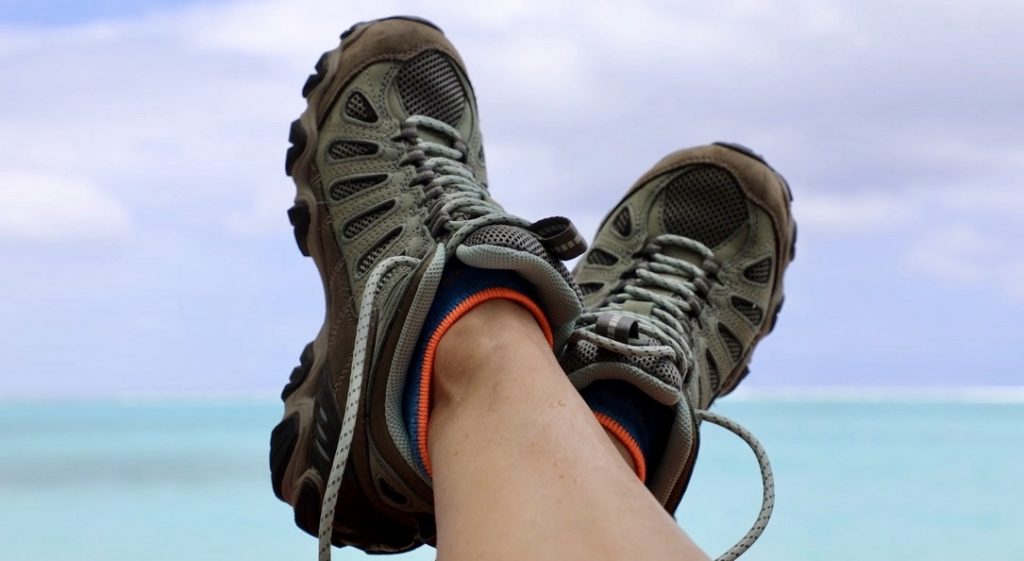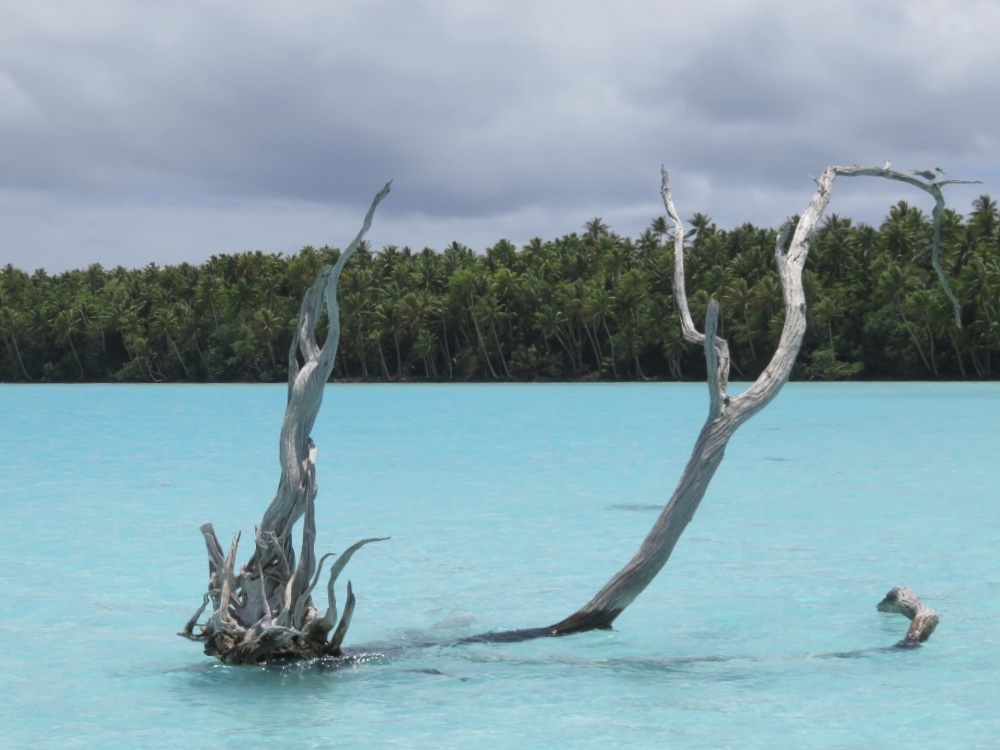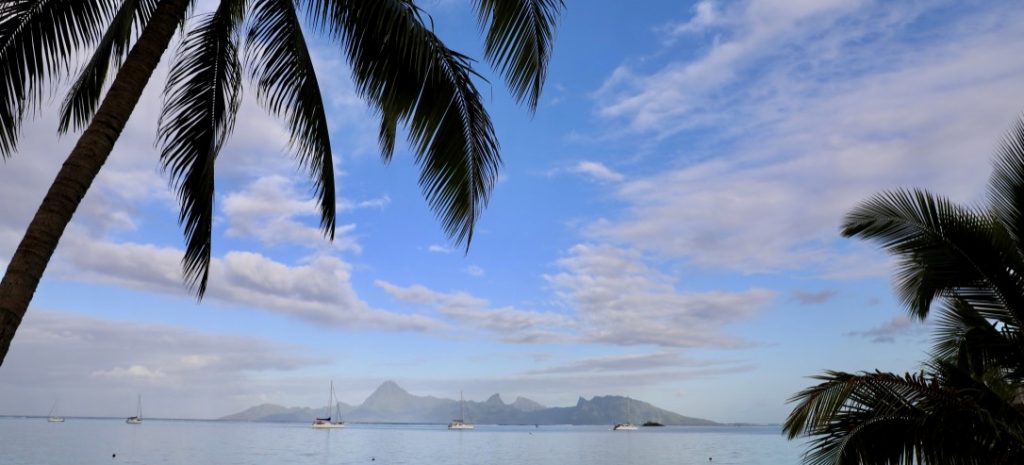
Obōz Footwear
Curious as to the stewardship of Brando Island, I wanted to know what conservation practices had been implemented to preserve the atoll’s natural resources and to minimize man’s impact on it.
How did they collect and store their water? What about waste management? And were they able to grow some of the food used in their three restaurants, or was everything transported to the island from nearby Tahiti? To get answers, we signed up for the green tour.
We met our guide at the concierge desk and away we went, pedaling our bikes to the first stop on our tour, the Sea Water Air Conditioning (SWAC) building. The concept, which is simple in principle but took years to implement, is to harness the cold naturally stored in the ocean depths and run it throughout the resort using the cold water to air-condition the villas. Marlon Brando first heard of the principle in the 1970s but did not live to see the idea become a reality.
Our next stop was the desalination plant, where Tetiaroa removes the salt from seawater and stores the desalinated water in huge tanks. The water is not used as potable water. No one told me, so I was filling my empty water bottle from the tap. I don’t seem to have suffered any ill effects.
On to the sewer sanitation area. Here the gray water is separated from the solids and the waste water is used to irrigate, while the solids are shipped to Tahiti. Then what? I didn’t ask.
The island’s recycling program is extensive, and what they can’t dispose of, such as batteries or other hazardous materials, are shipped to Tahiti for recycling.
We rode to the island’s airfield. Photovoltaic solar panels flank the airstrip. They provide over half of the resort’s energy needs, and solar heating provides all of the island’s hot water.
The resort uses coconut oil biofuel to drive its power station whenever the oil can be purchased, and soon all vehicles on the island will be powered by the sun. As for the guests, you can reduce your carbon footprint by pedaling on.
The final stop on the tour was the organic fruit orchard and vegetable garden. The resort grows a wide variety of vegetables, fruit, and herbs, and I was pleased to note they use coconut husks as mulch in their planting beds. We did the same when we lived in Trinidad, even in our flowerbeds.
We wrapped up the day with another trip to the spa for an afternoon massage, and later, dinner at Nami, the teppanyaki grill.
I thought you might enjoy some villa photos for an idea of the accommodations and one last beach walk. To see our back patio of our villa and the beachfront location, check out an earlier blog post: https://patkrapf.com//2019/05/09/french-polynesia-2018-brando-island-day-1/


 Day three turned out to be busy but fun. We booked the guided bird tour to see the nesting sites of the seabirds in the region. You are prohibited from beaching on Bird Island, but you can tour the waters around the island to see the birds. We were the only ones in the area, and as we glided quietly through the water, we watched and listened, in silence, to the seabirds going about their daily routines.
Day three turned out to be busy but fun. We booked the guided bird tour to see the nesting sites of the seabirds in the region. You are prohibited from beaching on Bird Island, but you can tour the waters around the island to see the birds. We were the only ones in the area, and as we glided quietly through the water, we watched and listened, in silence, to the seabirds going about their daily routines.